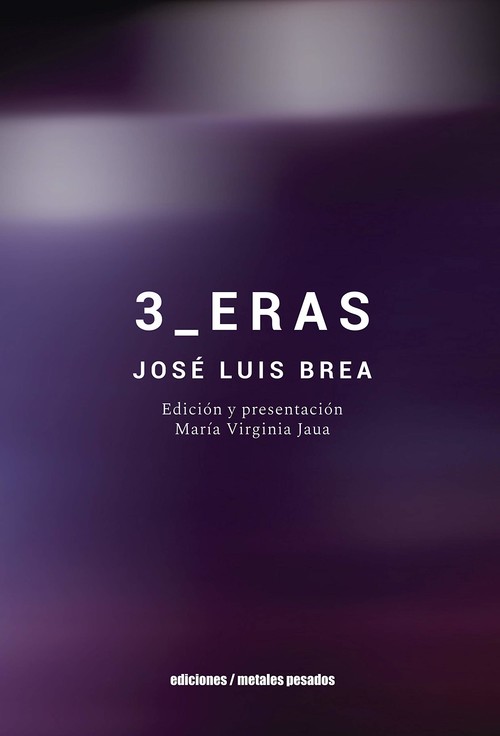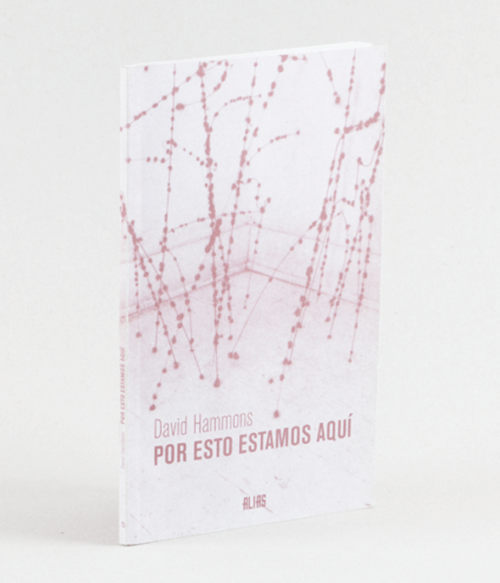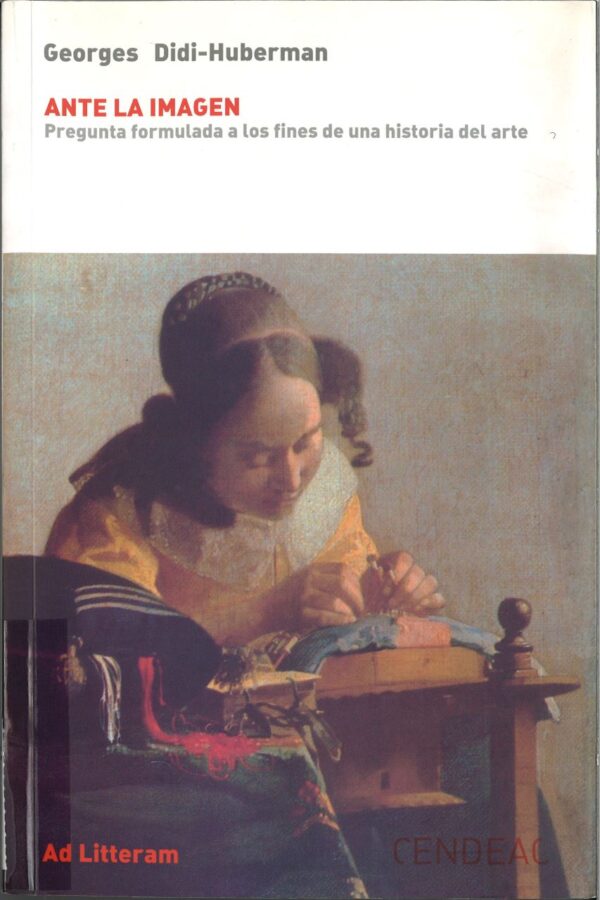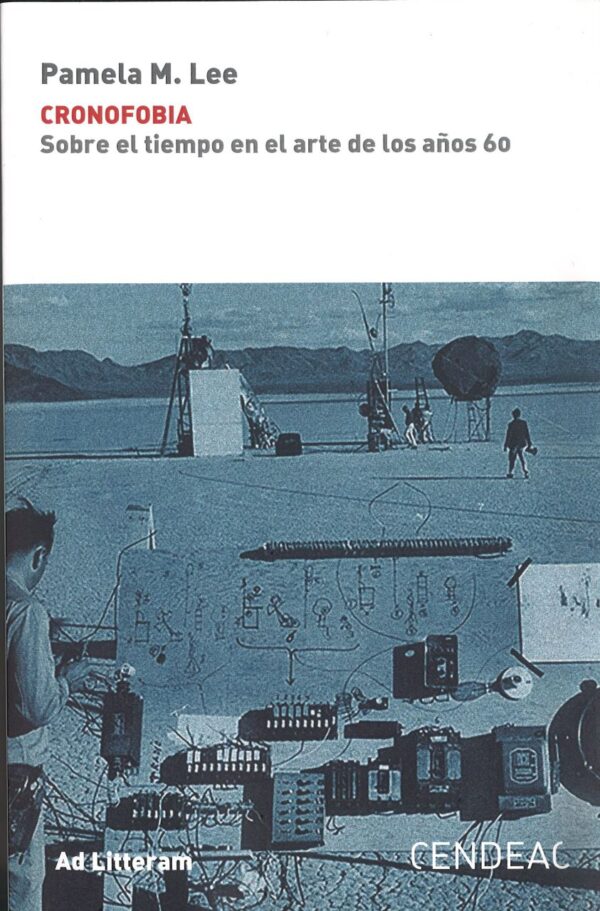The other side of censorship
Title: The other side of censorship. Clandestine cinema during late-Francoism and the Transition Period.
Publisher: Cendeac.
Author: Lidia Mateo Leivas.
Year: 2020.
Format: 235 p.
ISBN: 9788415556695.
15.00€
Estamos trabajando en nuestra web, de momento no es posible comprar libros través de nuestra tienda online. Para cualquier consulta escríbenos a info@artslibris.cat
Availability: In stock
During the last years of Franco’s dictatorship, youth groups began to record 16 mm footage of everything that was happening around them. Camera in hand, they entered factories, documented strikes, went into shantytowns and neighborhoods, filmed protests, and recorded the police repression that took place at such demonstrations. In addition, they got together in organizations through which they articulated their own production and dissemination structures from the margins of the industrial regime and thus avoiding censorship. As such, these were clandestine cinematographic practices that confronted the Francoist (visibility) regime. However, clandestinity did not always mean hiding, and it also meant exposing oneself as a challenge and as part of a strategy of a political struggle that took place at the level of the sensible, and in which the power of clandestinity was precisely its condition as a borderline between the visible and the invisible, the legal and the illegal, the possible and the impossible. Its aim was then to show many of the realities that cinema, TV, and NO-DO excluded from the official circulation of images: the organization of the people, the repression of the State, as well as the memories of the War that emerged in the transition period and which, little by little, formed a valuable archive of image-testimonies. The way in which these groups worked reveals that this was not just a cinema of political content, but that it set politics into action. This action also included the collective need to produce images that would also leave a record of the memorable. From this counter-informative and archival intuition to the effects, it had on the people who attended clandestine screenings, this book covers the different facets of forgotten filmmaking practice, but one that is key to understanding the imaginaries of an era whose narrative is still in dispute today.






